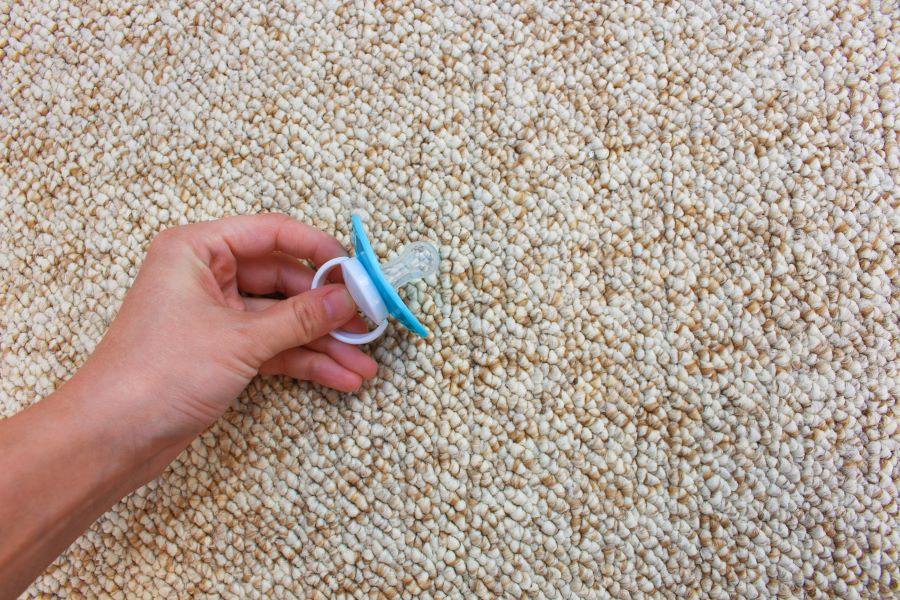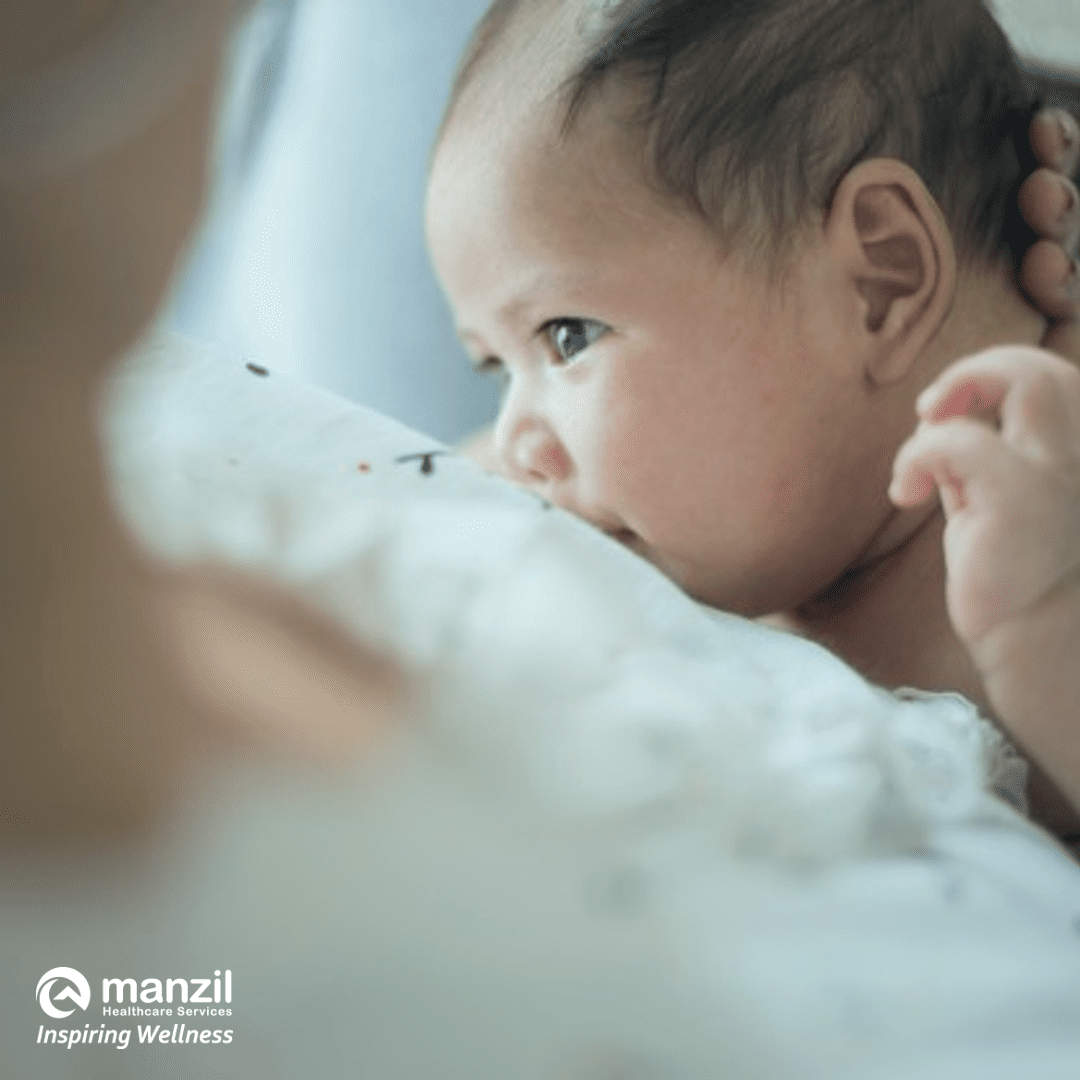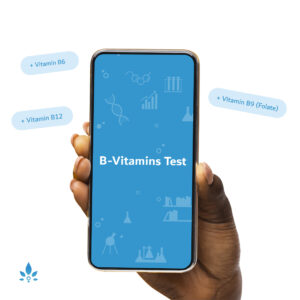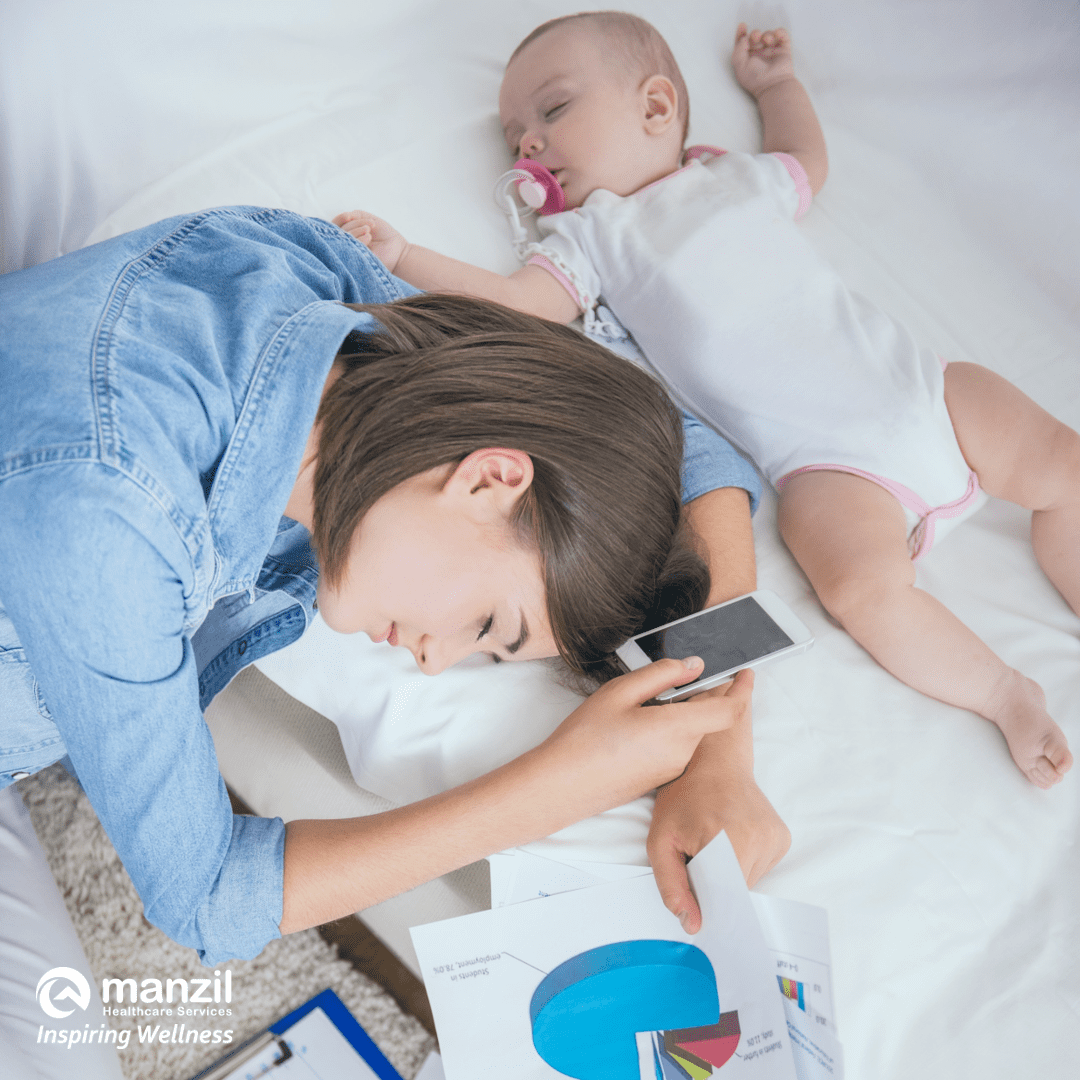Are Baby Pacifiers Dangerous?


Most babies have a strong sucking reflex. In fact, many babies in the womb suck their thumbs, fingers, or just make the motion with their mouths. The sucking reflex is Mother Nature’s way of preparing babies for nursing at the breast. But besides providing a means for eating, sucking often has a calming, soothing effect on a baby.
The decision to offer a pacifier to your baby is entirely up to you, and many childhood experts even recommend using a pacifier during the first year of life. However, if you do decide to use a pacifier, keep these tips in mind.
If you choose to offer your baby a pacifier and you’re breastfeeding, wait until the breastfeeding is well established. The American Academy of Pediatrics recommends waiting to introduce a pacifier until at least one month after birth. By this age, your baby will be a pro at breastfeeding and will not get confused when the pacifier is introduced.
Don’t resort to a pacifier at the first sign of baby’s irritation. Try calming a fussy baby by changing positions, rocking, or changing the diaper. Never substitute a pacifier for a meal or allow your child to use it all day.
If baby isn’t interested in the pacifier, don’t force it or automatically pop it back in the mouth if it falls out while sleeping.
The American Academy of Pediatrics says it’s OK to offer a pacifier at naptime or bedtime until 12 months old, but parents should start trying to wean their babies in the second six months of life. In fact, some research has shown that a pacifier at nap time and bedtime can help to reduce the risk of sudden infant death syndrome (SIDS). Most kids stop using pacifiers on their own between 2-4 years old, but others need help breaking the habit.
Choosing a pacifier
Pacifiers come in different shapes and age-appropriate sizes, ranging from orthodontic pacifiers to funky personalized pacifiers. Your baby will probably have a favorite pacifier, so try a few until you find the right match. In general, make sure it is a dishwasher-safe, one-piece model that has a soft nipple and a shield that is at least 1-1/2 inches across so baby can’t put the entire pacifier in his or her mouth.
Once you’ve found a safe pacifier, keep a few identical ones on hand in case of loss, dropping, and for between washings.
How to clean a pacifier
A pacifier should be sterilized frequently by boiling or running it through the dishwasher while baby’s immune system is immature, usually until 6 months old. After that, washing a pacifier with soap and hot water should do the trick. Never place baby’s pacifier in your own mouth to “rinse” it off.
Sources:
- Mayo Clinic
- Infant and Toddler Health.
American Academy of Pediatrics - Pacifiers: Satisfying Your Baby’s Needs.
Powered by Bundoo®













































